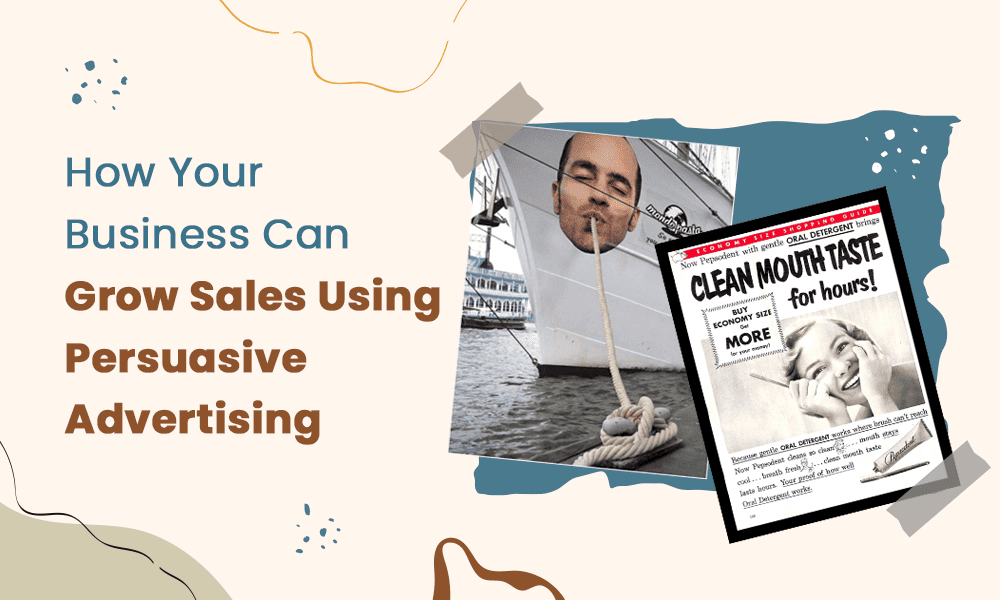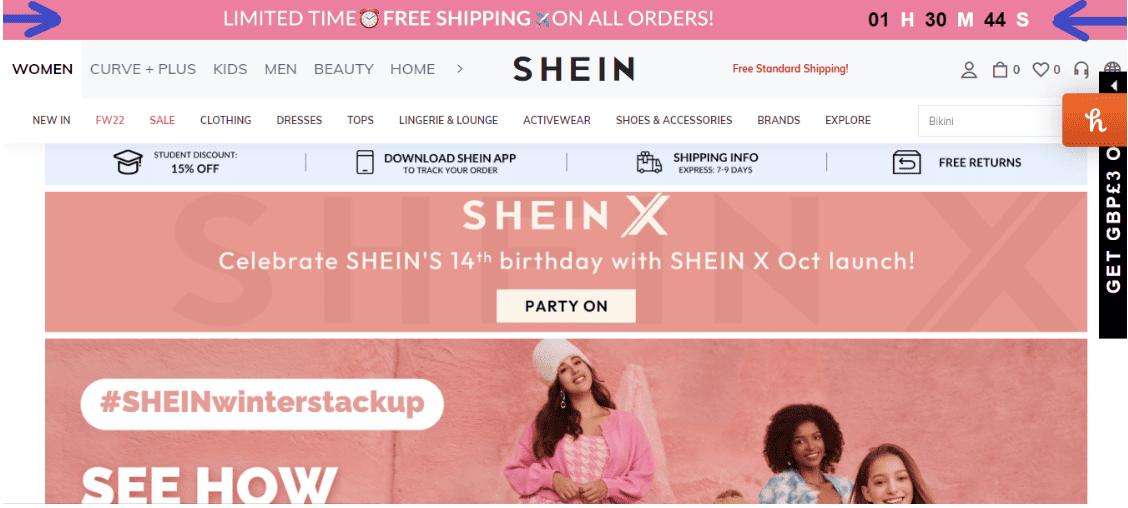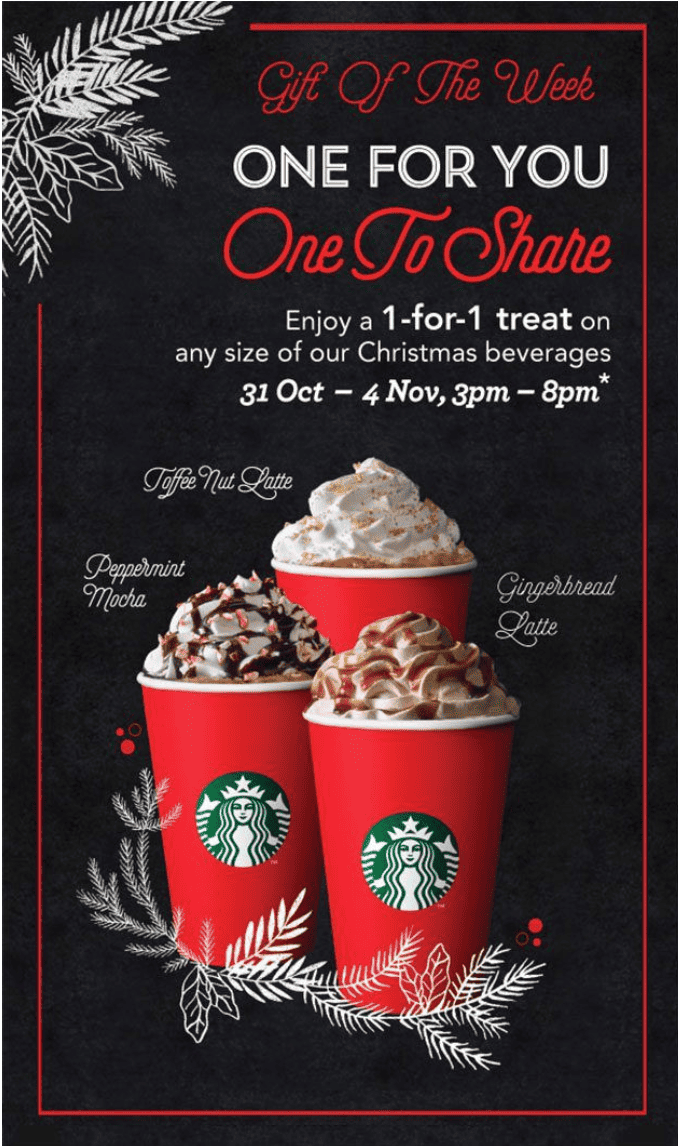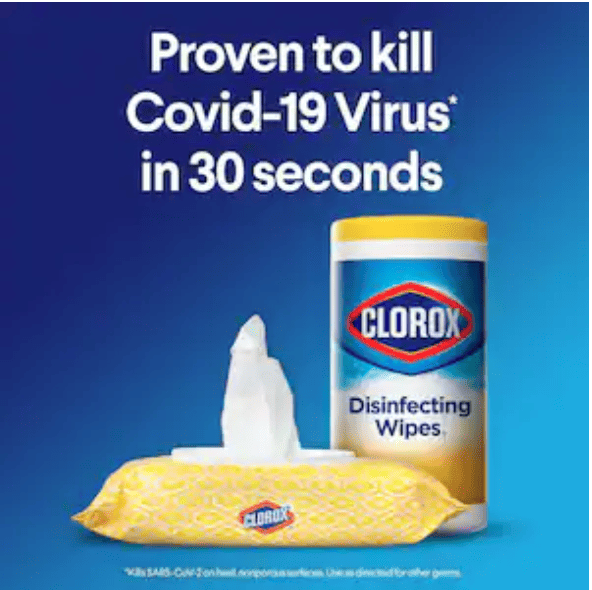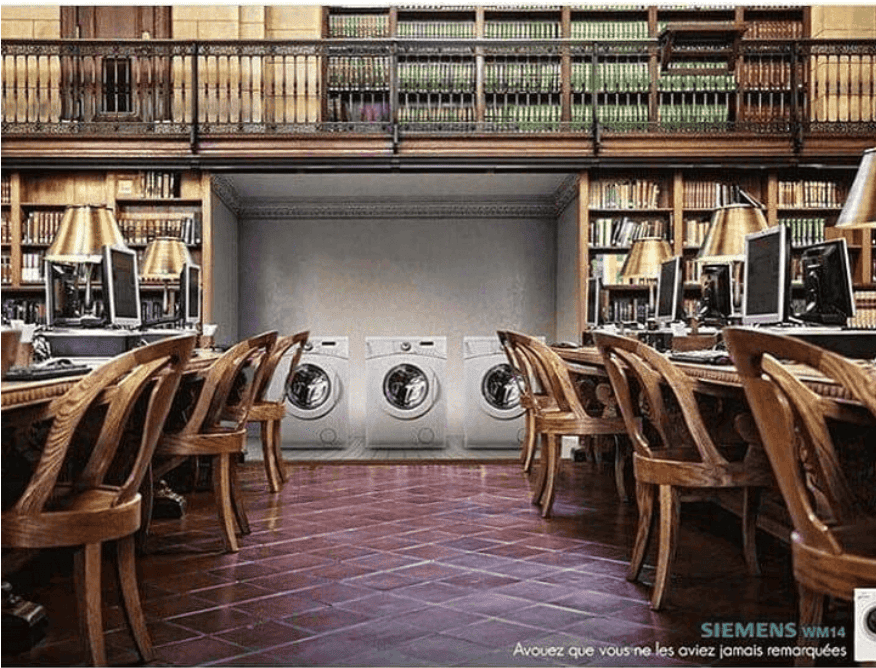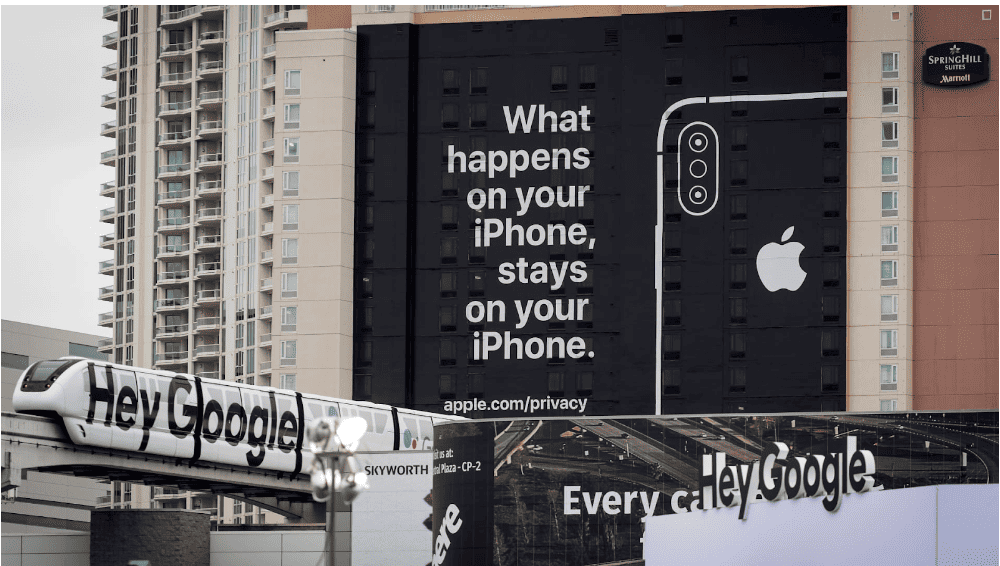If you want today’s consumers to buy your brand products, you need to evoke emotions inside them.
Simply sharing information about your product (also known as informative advertising) will not yield any results.
Using persuasive advertising, where you leverage the desires, interests, and motivations of your target audience, can be extremely influential.
Before I tell you about different persuasive marketing techniques, let’s understand the various elements of persuasive marketing.
I’ll also share some of the best persuasive advertising examples you can get inspired by and create for your own brand.
Table of Contents
What Is Persuasive Advertising?
Persuasive advertising focuses on emotions that comprise three main categories – ethos, logos, and pathos, to grab the buyers’ attention. So, rather than just informing customers about the benefits of your products, you design your advertising for emotional appeal, logical sense, and credibility.
Today, it is not enough for brands to simply publish ads in newspapers or billboards. They also need to convince their audience why their products are the best. Through persuasive advertising, brands can paint their products in a positive light, making it more compelling for consumers to buy them.
Let us understand what these emotions mean and how advertisers use them.
Read also: Everything You Need to Know About Advocacy Advertising
Ethos, Logos, And Pathos: The Three Pillars Of Persuasive Advertising

#1. Ethos
Ethos, as a persuasive advertising technique, focuses on building the credibility and authority of a brand.
One of the easiest ways for businesses to build credibility is by asking a well-known public figure, such as a celebrity or a social media influencer, to endorse their product or service.
However, the public figure should be someone who aligns with your brand’s philosophy and is relatable to your target audience.
For instance, Kim Kardashian, a well-known fashion icon, is a big-time supporter of the fashion luxury brand Balenciaga.
Kim Kardashian wore Balenciaga to Met Gala and other major events. While she gets to maintain her fashion icon status, Balenciaga searches skyrocketed by 505% after the Met Gala event.
Read also: Mid-Funnel Marketing — A Succinct Guide [Definition, Strategies]
#2. Pathos
While ethos focuses on the speaker, pathos tries to win audiences by targeting their emotions.
It could be both positive or negative feelings, but the idea is to use shared memories, evoke nostalgia, or share painful memories.
Studies have shown that people primarily evaluate brands using feelings, not logic.
One good example would be the nationwide campaign on girl children by the Indian Government, ‘Beti Bachao, Beti Padhao’, that focuses on caring for the girl child.
It started with an attempt to address the declining Child Sex Ratio (CSR) and related issues.
These ad campaigns directly trigger emotions, and they have devised several schemes to promote the campaign ‘Save Girl Child’.
In essence, brands that trigger emotions in consumers are perceived as more valuable and help them connect with products better.
#3. Logos
Also known as the ‘logic appeal’, logos refers to the use of logic, fact, and rationale to appeal to customers.
Brands that use logos to attract clients typically include charts, figures, and data as a method of persuasion.
Brands selling electrical appliances and services like financial services can use logos as a persuasive advertising technique.
Read also: A Primer on Persuasive Marketing Techniques
Techniques of Persuasive Advertising
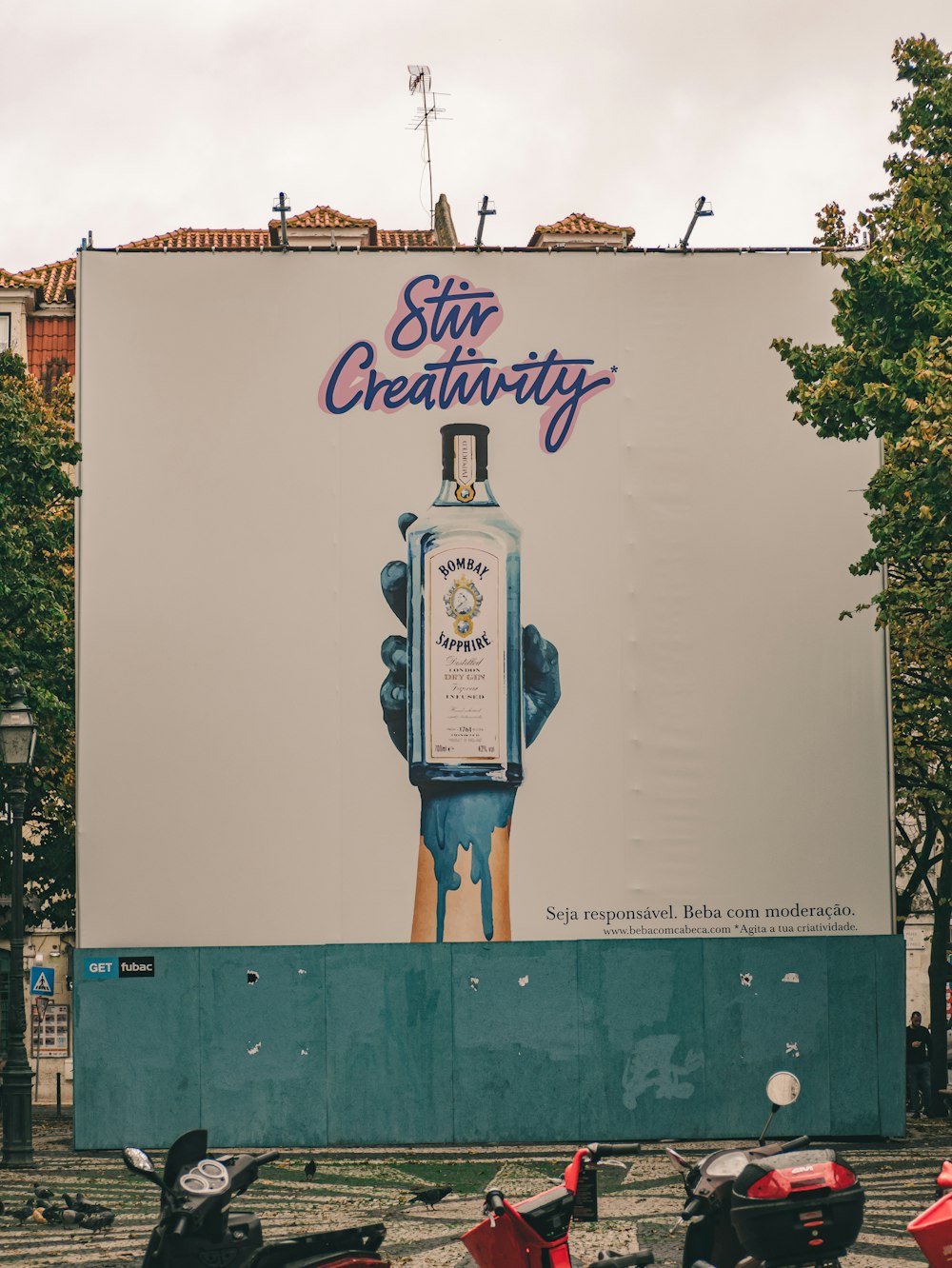
Companies can use several persuasive advertising techniques to attract customers. Let us look at some of them.
#1. Carrot and stick
Carrot and stick is a method of persuasion characterized by both the offer of a reward and the threat of punishment.
In terms of persuasive advertising, brands use the offer of rewards or gains to give hope to their customers, compelling them to pursue that feeling of happiness or pleasure.
These gains are referred to as ‘carrots.’
For example, if a bank releases an advertisement with the message ‘With our bank, you can earn up to 5% interest on your savings,’ it is a form of carrot as it entices or persuades consumers to invest their money with the bank.
On the other hand, ‘sticks’ indicate the possibility of loss or hazard and evoke a sense of fear among people.
Instead of persuading people to pursue something, sticks aim to stop or prevent people from taking a particular action.
For instance, the message on cigarette packs that reads ‘Smoking kills’ or ‘Smoking causes cancer,’ are forms of sticks and intend to stop people from smoking or consuming tobacco.
Read also: 9 Proven B2B Email Marketing Best Practices for Beginners
#2. The scarcity principle
People like to collect products that are antique, unique, and rare.
It boosts their sense of self-worth.
People spend millions acquiring antique products as simple as rare-found 1880s Levis jeans in a mine shaft. It was sold for over $87,000.
In similar ways, companies try to urge customers to buy their products or services by providing limited offers, one-time deals, or limited stocks.
You must ensure that your audience perceives your products as scarce or rare, urging them to buy as soon as possible before losing out on the opportunity.
#3. One message per advertisement
Despite their best efforts, companies fail to get customers. One of the reasons behind it is the mixed signals of their adverts.
While endorsing your product or service, stick to one single message.
The message should only be about your product and how it can benefit the audience. This will make it easier for people to understand your brand and its value and increase the probability of conversions.
Read also: 11 of the Greatest Business People of All Time
#4. Writing in the second person
Addressing your audience using second-person pronouns such as ‘you’ and ‘yours’ helps you connect and engage with them better.
It can grab your customers’ attention quickly, as it helps them visualize your products and services in the present than in the future.
Further, by using ‘you’ and ‘yours,’ you enable your audience to place themselves directly in your ads and how they can benefit from your products.
#5. Giving your audiences a sense of control
While persuasion is crucial in advertising, forcing them to buy your products might disengage or annoy them.
Your audience should have the option to choose between your brand and other options. Studies have shown that people need to feel that they have control over their lives.
If you want to give your customers a sense of control, you should provide them with the ability to decide and choose for themselves.
Instead of creating the feeling of fear of missing out (or FOMO), persuasion helps clients try and purchase the product to get a sense of belonging.
Read also: Targeted Advertising Messages And How They Work
#6. Call to value
While a call to action encourages prospects to take the next step, a call to value defines what clients will get from a brand.
While a call to action might just mention ‘Click Now,’ a call to value will instead be ‘Click Now to Become a Blogger.’
It conveys the benefit that people will gain from a product.
A call-to-value clearly states what consumers can get by taking a specific action.
Read also: Value-Based Selling — 7 Actionable Tips To Build Your Brand Value
7 Best Examples of Persuasive Advertising to Get You Inspired
Now that we have looked at the definition and techniques of persuasive advertising, let us look at some of its best applications.
#1. Shein
Shein is an e-commerce retailer based out of China.
In this example, Shein tries to create a sense of urgency among its audiences.
The brand provides a countdown to persuade customers to place orders within a certain time period to avail of free shipping.
This method helps increase sales, as more people will want to grab the offer while it is available.
#2. Starbucks
Starbucks is a multinational coffeehouse chain headquartered in Seattle, United States.
It is famous for releasing a limited range of drinks during the holiday season.
In the example above, Starbucks has offered a ‘buy one, get one free’ scheme on its Christmas drinks for a limited time period.
This is a classic example of the call to value persuasive marketing – get a one-for-one treat.
#3. Clorox
Clorox is an American brand that specializes in disinfectant products.
In the ad above, the company tries to convince customers to buy from them by offering them a value proposition.
Through the tagline ‘Proven to kill Covid-19 Virus in 30 seconds,’ Clorox tries to explain how its disinfecting wipes will benefit customers, i.e., prevent the spread of the Covid-19 virus.
#4. Pepsodent

How cool is that ad? And to think that it’s from all the way back in the ’50s!
The copy is super persuasive and speaks to the consumer directly. You can see that there’s no beating around the bush here, and no space is wasted.
Good advertising involves conveying the message without boring the consumer. One can only guess that ‘clean mouth taste’ was something people were really looking for so many decades ago, what with many kinds of toothpaste leaving a bad aftertaste in the days gone by.
Persuasive advertising, like this example from Pepsodent, must focus on just a few things but the most important ones at that.
Read also: 10 Epic Banner Ad Examples — Stupendously Creative
#5. Mondo Pasta
Mondo Pasta is a German pasta manufacturer that offers a variety of individual pasta variations for every taste.
Here, the company tries to persuade customers why its pasta is the best through visualization.
The example above shows the advert on a ship where a man supposedly enjoys pasta, represented through the rope tied to a dock.
The tagline ‘So good you can’t let it go’ clearly conveys the quality of the pasta that a guy, even on a ship, can’t dare to miss.
It shows why people should prefer Mondo Pasta over other similar brands.
#6. Siemens
Another excellent example of visualization in persuasive advertising is Siemens.
Siemens is a German multinational corporation and industrial manufacturing company headquartered in Munich.
If you look at it, it smartly places its washing machine in the library room.
It communicates the idea that the washing machine doesn’t make any noise, following the principle of sharing one benefit at a time.
The advertisement does not include any tagline since the visuals are enough to convey the message.
#7. Apple
Apple, a US-based multinational company, specializing in consumer electronics, is known for its brilliant marketing strategies.
Here, Apple cleverly delivers the message to its audience that they understand the importance of data protection.
The tagline ‘What happens on your iPhone, stays on your iPhone’ conveys that iPhone users need not worry about privacy and their information being compromised.
This particular ad only focuses on one single message at a time, i.e., data privacy and security, and doesn’t speak about any other features.
This can convince consumers to buy an iPhone, boosting Apple’s sales.
Read also: B2B Email Marketing Examples From Billion Dollar Companies
Wrap Up
Unlike informative advertising, where brands focus on the product rather than the consumers, persuasive advertising makes the consumer smart and in charge.
Instead of simply listing out features, persuasive adverts win customers by appealing to their emotions, their logic, and their need for a trustworthy brand.
We hope that these examples were nice enough to inspire you.
If you know of some other great examples of persuasive advertising, do share them in the comments.

